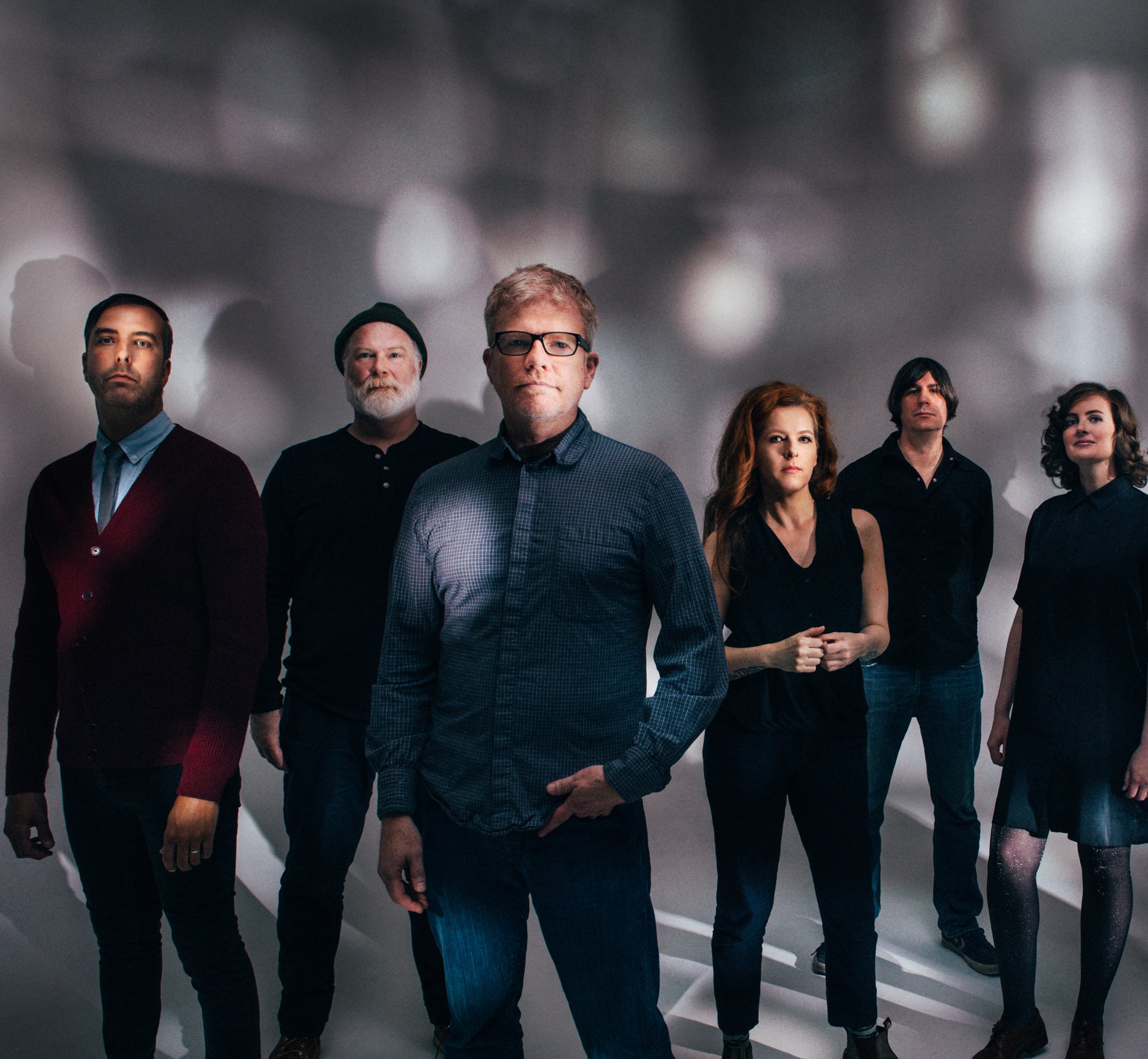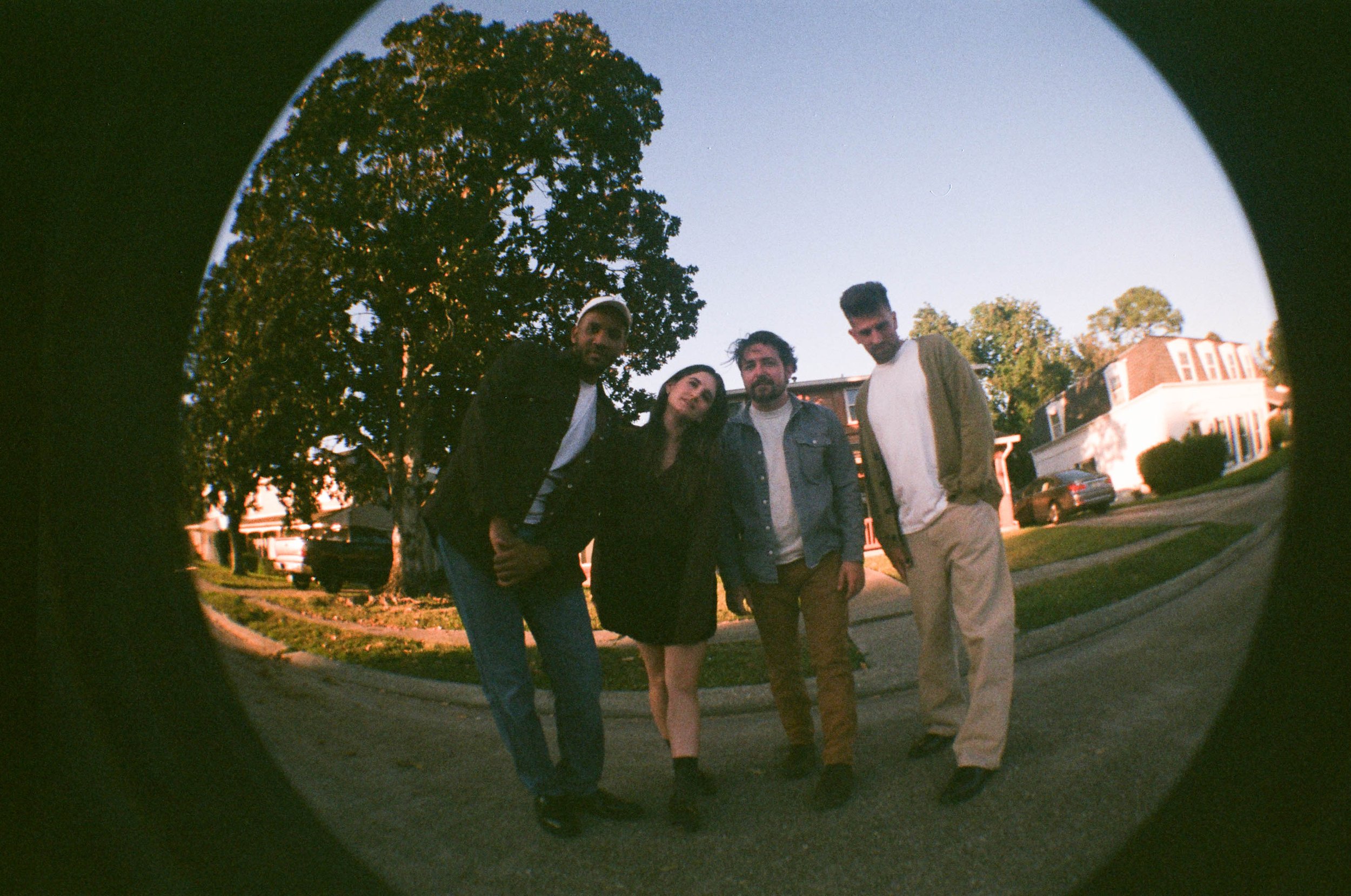San Fermin Finds Its Classical/Pop Balance on "Belong"

Leader/composer Ellis Ludwig-Leone has worked to reveal more of his more personal side in the band's music.
Leader/composer Ellis Ludwig-Leone has worked to reveal more of his more personal side in the band's music.
[This is the first story for new contributor Michelle Beaulieu]
On San Fermin’s new Belong, you hear a distinctive aesthetic. It began as an amalgamation of the kind of indie rock you hear in Grizzly Bear or Local Natives with compositional techniques characteristic of opera, film scoring, and ballets. On San Fermin’s self-titled debut album, operatic vocals, complex instrumentation, and intense harmonic development layer to form a collection of intellectual and intricate songs. “Crueler Kind,” for instance, exemplifies Ellis Ludwig-Leone’s attempt to use complex plots and characters to heighten the emotional reaction and interest of the listeners. “Renaissance!” brings in the theme of “experience numbing,” the idea that as we age, new experiences become less exciting and intense. It poses as a wake-up call from this passive observation of our own lives and introduces the recurring male character prominent in the remainder of the album.
San Fermin plays Gasa Gasa tonight, and in Belong, Ludwig-Leone finds the balance he’d been searching for in the past two albums. Gone are the excessive strings, literary lyrics, and highbrow orchestration. Instead of trying to clash together elements of art and pop music while maintaining one story line or theme, Ludwig-Leone takes a more personal approach to the songwriting process. His work maintains elements from art music in terms of structure and melodic development, but it is much more focused and listenable. Without elaborate intros and story-like lyrics, the themes present themselves in a much more coherent manner. Drawing from his personal life for lyrical content rather than novels, Ludwig-Leone captures the emotional expressivity he loves, but it evolves from the vulnerability of the songwriter.
In his senior year of high school, Ludwig-Leone constructed his own concert with original material featuring Allen Tate and John Brandon, present members of San Fermin. While his musical background consisted of classical piano training in which Ludwig-Leone’s goal was to play the most complex and technically difficult material, songwriting brought him to a new level of music appreciation that focused on the connectivity between thematic material, emotional content, and music theory. Listening to Ben Folds in high school helped spark this interest, but it wasn’t until he attended Yale for music composition that Ludwig-Leone began to understand the fundamentals of theory and how he could apply it to his own songwriting and composition.
While at Yale, Ludwig-Leone worked for Nico Muhly, a renowned composer in New York City. Ludwig-Leone assisted with transcription and remedial tasks, and by the time he graduated, Ludwig-Leone was working closely with the composer, whose eclectic work in opera, film scoring, and bands expanded Ludwig-Leone’s own view of music.
As San Fermin came into existence, Ludwig-Leone began to think more about how he could sift through the extensive library of musical techniques and find an aesthetic that catered to fit the style of the indie pop band. Now that he has done so, “I don’t think that I think about them as separate,” he says. “When I write, I write. I let it happen. There are definitely certain ways that kind of come naturally to me to write for the band, versus if I’m writing a piece of orchestra music or a piece for ballet”. While his first album was very operatic and expansive, over time, Ludwig-Leone has begun to separate in his mind what kinds of musical ideas fit for the eight-piece band and what would work better in a more classical setting outside the band.
He now writes songs that don’t try to create an artificial divide between composition and songwriting, and instead writes pieces that are engaging live and push the boundaries of pop without attempting to be some kind of mixture of classical and pop. Having evolved from more “armchair” composition in which all parts need to be delicately notated before the composer ever hears the composite piece, Ludwig-Leone now uses manuscript paper alongside Logic to create a unified template of the piece in demo form before fully notating the score. In terms of the order of events, Ludwig-Leone says, “I’d say the song moves up 30 percent ahead of the lyrics. By the time the music is almost done, the lyrics are about halfway there. There's definitely a moment that happens right around that point where, suddenly, the lyrics hit a point and then the whole snaps into three dimensions. It’s like, Oh, I know what this song's about, and I know where it needs to go from here. This is why it needs to exist, basically. That's always such a really fun moment, because up until then, you’re kind of brute-forcing this thing into existence”.
Ludwig-Leone found his style drastically changing from the more poetic, or literary, lyrical style found in art music, to the more personalized approach found in songwriting. “Honestly, I was kind of scared to write about my own life,” he says. “I felt when I was able to think about these fears as characters, that opened up a whole world for me of songwriting that I was—that I was maybe little vulnerable.
“Also, I could be a little less all-or-nothing about it. Whereas when I used to write about myself, I would feel very like I'm melodramatic or something. As time's gone on, I’ve gotten a little more confident with that. Actually, on this most recent record, a lot of it’s a little more personal. There is less kind of armature there”.






